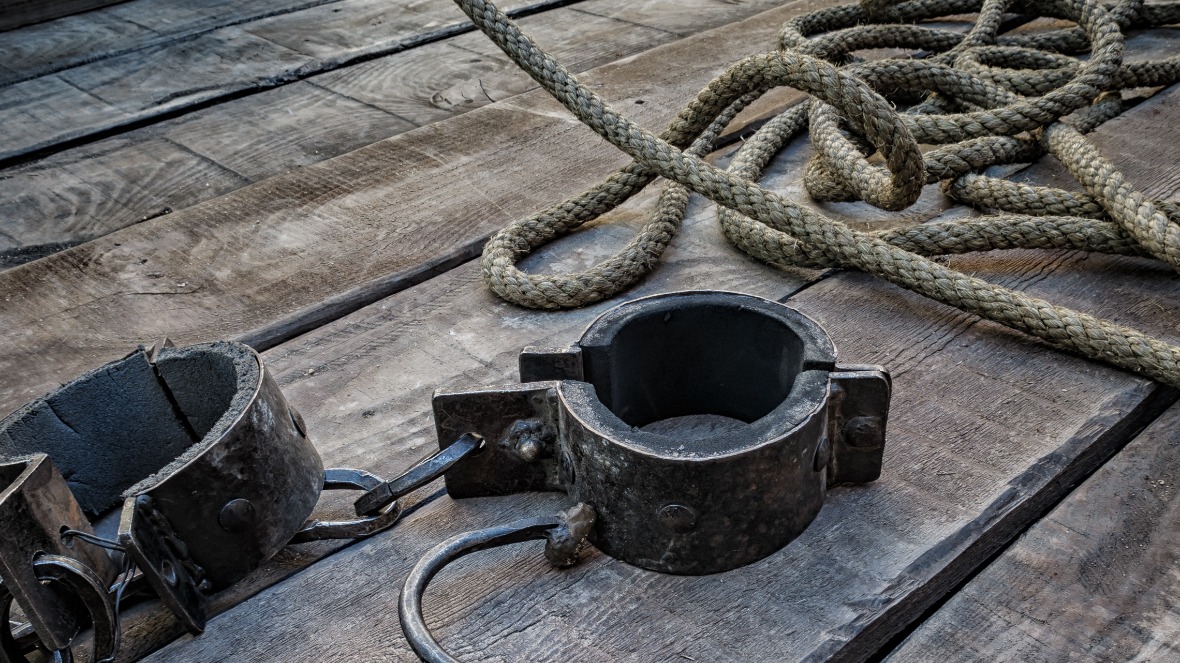2019 marks 400 years since the first people of African descent were brought to this country, spurring the atrocity of American slavery. Last Sunday, the New York Times Magazine released a powerful issue titled “The 1619 Project” that delves deep into America’s origin as a nation built on slavery.
Led by the New York Times Magazine reporter Nikole Hannah Jones, the special edition issue features contributions from a range of Black scholars, journalists, writers and artists. According to Jones, “The 1619 Project” examines the enduring story of Black people in America and reframes “the way we understand our nation, the legacy of slavery, and most importantly, the unparalleled role Black people have played in this democracy.”
During an event to debut the project, Jones said, "This project is, above all, an attempt to set the record straight. To finally, in this 400th year, tell the truth about who we are as a people and who we are as a nation." In a radical stand, the New York Times reporter also posited in the issue's opening essay: "What if America understood, finally, in this 400th year, that we have never been the problem but the solution?"
Over the past week, many have searched through countless newsstands, cafes and bookstores to grab a copy of the magazine; while some have narrowly succeeded, others have come up short on their hunt for the powerful piece.
Went to about 5 stores today looking for the @NYTmag
in print, so I could read the #1619Project. A few places told me they sold out in two hours. Glad so many rushed to the newsstands but also disappointed I can't read a hard copy. ????— Chandra Reyna (@chandravreyna) August 19, 2019
If you’re unable to find a print copy of the @nytimes with the #1619Project tomorrow, let us know. We’re doing our best to prepare for increased interest in this edition, have printed extra copies, etc. May have info to share abt bonus distribution in weeks ahead https://t.co/Td8a7mgGgr
— Jake Silverstein (@jakesilverstein) August 17, 2019
The revelatory coverage of America’s history rattled the cages of conservatives who have pushed back against the New York Times project. According to ThinkProgress, pundits like Byron York, believe the perspective of Black people building the nation’s cultural heritage is extremely skewed. Former House Speaker Newt Gingrich even took to Twitter to call the project “propaganda.” Trump lambasted the project and the New York Times for participating in a "racism witch hunt."
Debates have since raged on as critics rally against its examination of America’s core issue with race and supporters stand by its thoughtful and intentional content during this pivotal yet painful commemorative year.
Teachers: make #1619Project your next unit plan.
Managers: make #1619Project your next team retreat pre-work.
Pastors: make #1619Project your next sermon.
Parents: make #1619project your next dinner table conversation.
True history. Finally.
Thank you forever, @nhannahjones.
— Brittany Packnett (@MsPackyetti) August 19, 2019
Baaaaabay. The #1619project got people out here going from store to store trying to find the NYT like it’s the 2019 Tickle Me Elmo!
— Charlene Carruthers (@CharleneCac) August 19, 2019
While physical copies may be limited, The 1619 Project is also featured on the New York Times Magazine website.
